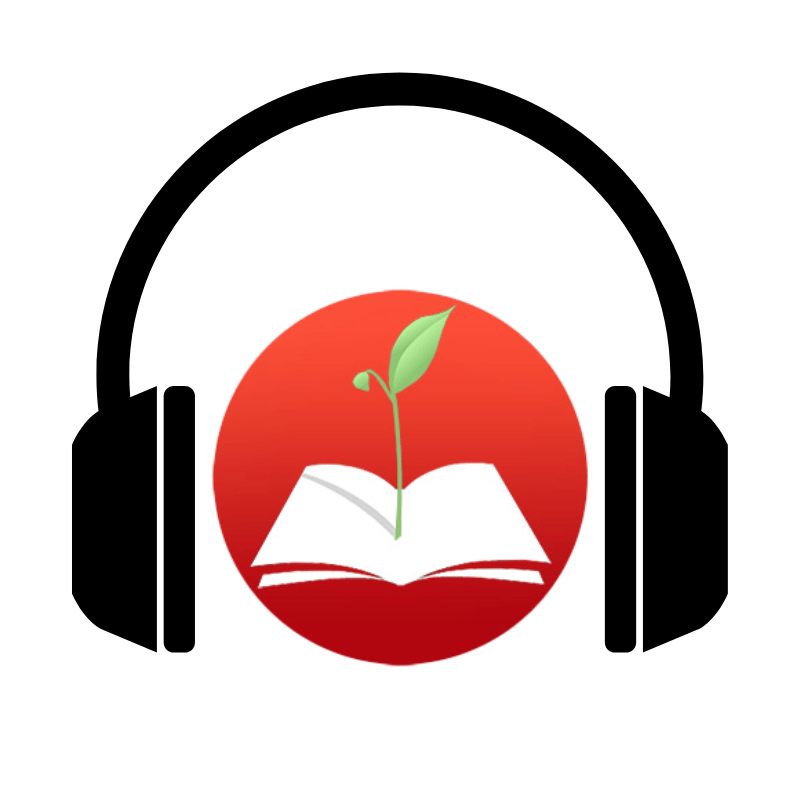An interview and book giveaway in partnership with Jennifer Swanson
The Children’s Book Review
A respected STEM/STEAM advocate, award-winning author Jennifer Swanson has written over 45 books for children. Her latest book, Footprints Across the Planet, is a masterful introduction to the concepts of sustainability and inclusivity that even the youngest readers can understand and enjoy.
In this conversation, we talk about the stunning photography used throughout the book and why children need to understand the importance of their ‘footprint.’ Jennifer also provides fantastic tips for working with children and leaving a positive footprint on the planet.
The photographs in the book are absolutely stunning. Can you tell us a little bit about how you sourced them?
Jennifer Swanson: I did not source them. I made the recommendations in my manuscript for what images I’d like to include. Reycraft Books, the publisher, chose them all and sourced them. Aren’t they gorgeous?
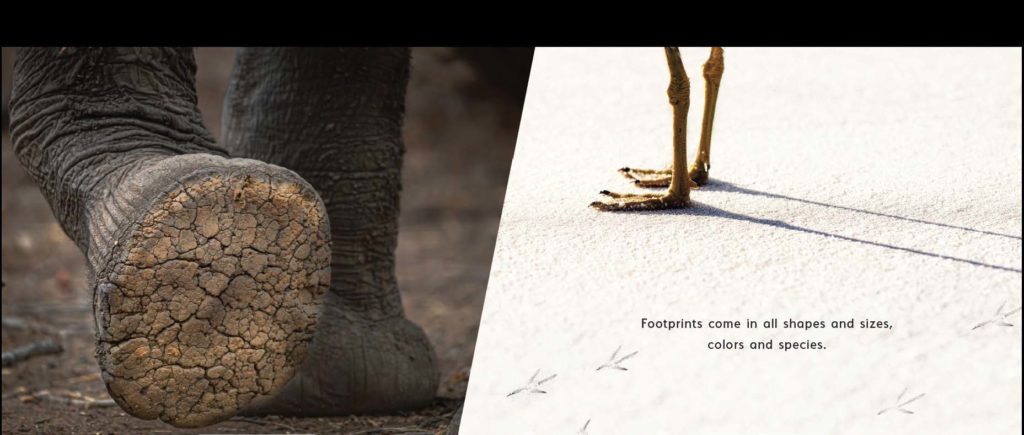
Stunning! Do you have a favorite footprint photograph from the book? What is it and why?
Ah, that’s a tough one. I love them all. I love the image of the people who stood up for change. I think that is such a powerful graphic of amazing people that have overcome adversity and made a true impact on our world.
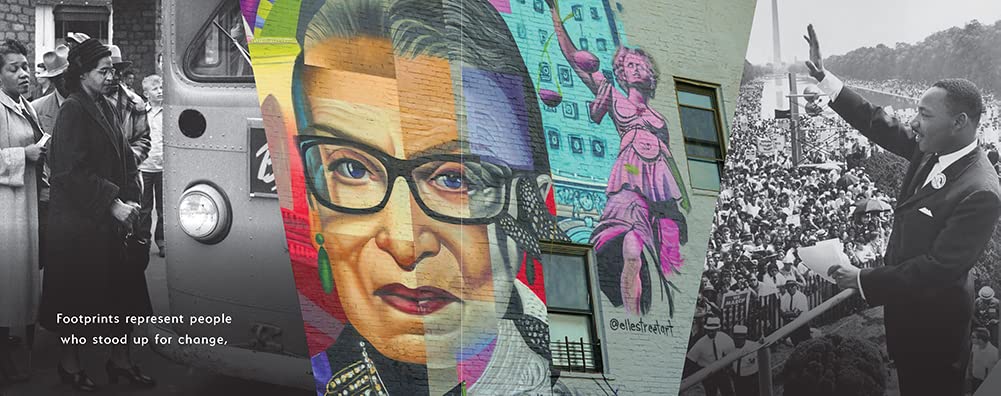
And my second favorite one is honestly, the one with the chicken. I grew up in farm country and there were people that lived behind us and had chickens in their backyard. I remember seeing those chickens every day. To have one of these chickens, with a funny look on its face brings back those memories to me. It’s funny what we remember from our childhood, isn’t it?
Why do you think it is important for young readers to understand the concept of a “footprint”?
I think kids get the idea of a real footprint easily enough, but I wanted them to think about the impact that they make on the planet. And to me, the easiest way to do that was use something that everyone does every day. I wanted to be able to talk about the complexities and difficulties of the world, but in a positive way. And the best way to do that is to show that something we do every day, i.e., take a step can have a huge impact. All we have to do is to try to take it in the right direction.
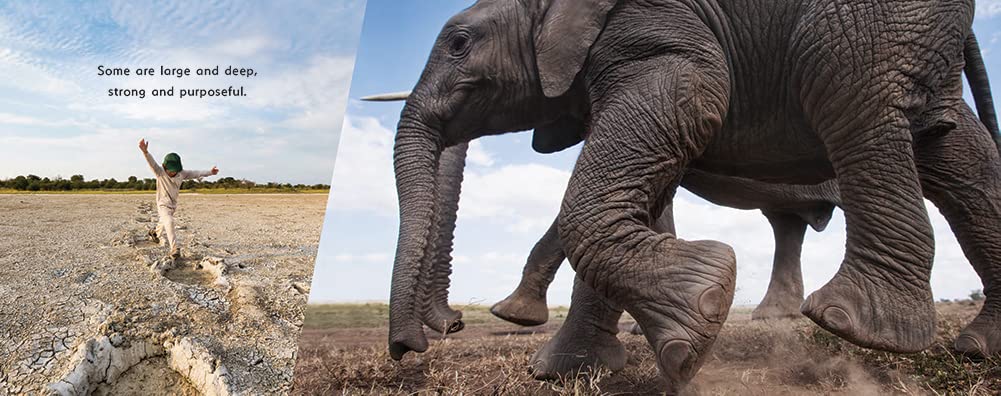
There is a lot of pushback in some political climates to the idea that human “footprints” are important. How do you and the book respond to that? (See https://www.scientificamerican.com/article/climate-deniers-shift-tactics-to-inactivism/).
A very intriguing article. I tend to agree with Dr. Mann, that yes, it is important that individuals try to make good choices. But as I showed in my book, it’s also our responsibility to support and promote change, as we feel the need to do so, too. I was inspired to write this book because of the Women’s March, the March for Science and Black Lives Matter. Those marches show people using their own footprints to push for actions they’d like to change. That is definitely one way to use your footprints to your advantage.
How do you think teachers and educators can use this book to teach young readers about sustainability and inclusivity in the classroom? Do you have any teaching ideas?
There are so many things that you can do with this book, I think. With younger audiences, you can do the easy thing—have them make their own footprints. Then compare them with each other. Do a “Show Me Your Shoes” event where each child shows their shoes and then talk about how the shoes are different. You can talk about color, shape, tread, etc. Then relate that to people of the world, how they are different.
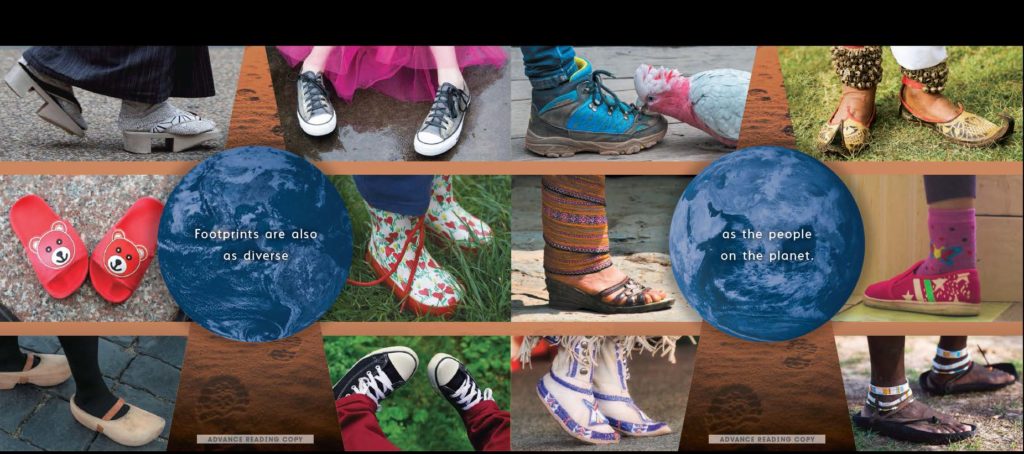
With older readers, you can define all of the different terms of carbon footprint, digital footprint, a person’s footprint vs an animals’ footprint. The page with the 3 animals and the tiger, those footprints are “invisible” because those animals are endangered. You could discuss that.
I could go on and on. This book is designed to spark conversation at all levels. It asks questions and provokes thoughtful discussion. I will have a free teacher guide on my website soon for anyone who would like to access it.
What advice do you have for readers who might like to think about leaving a positive footprint on the planet?
Start with something that you can do yourself. Sometimes when we want to make a difference, we are overwhelmed with what to do or where to start. You might think that if you don’t do something big, you aren’t making an impact. That’s not true. Even picking up a few pieces of trash on the beach. Or helping a turtle to cross the road safely. Or even choosing to use a reusable water bottle instead of buying a plastic one makes a difference. If we all did just one small thing a day or a week, think of the enormous impact we’d have on the world.
Can we look forward to more books from you in the future? What will you be working on next?
Definitely. I am working on a book right now called Protecting the Amazon. This book tells the amazing story of the Field Museum’s Rapid Inventory Team of scientists that go to the Amazon and work with indigenous peoples and scientists to take an “inventory”—that’s right, they count every animal, tree, plant, etc. they see— in a particular area to determine its biodiversity.
If the region is deemed biodiverse an important to the planet, they recommend to local and national governments that this region be saved and marked as protected lands. So far, this team and its international partners has been responsible for thousands of acres of land in the Amazon being marked as protected. This book releases in summer 2025 from Charlesbridge Publishing.
Do you have any favorite animal or climate change stories you can recommend to readers who enjoyed Footprints Across the Planet?
There are so many good ones out there. It kind of really depends on where you want to go with this. You could look up books about people who work with animals. I have a Zoology book that highlights three different female scientists—one who works with, another with sea turtles, and the third with tigers.
If readers want to learn more about animals in general, check out the National Geographic Kids Everything series.
The Who Is? Series has a book called What is Climate Change? That’s a great start for a young reader to learn about that topic.
I actually wrote a book about climate change and interviewed many of the top scientists at the time. It’s called Geoengineering Earth’s Climate: Resetting the Thermostat. This book is for YA readers, as it takes each section of climate change and breaks it down into easily digestible pieces.
Basically, I recommend if people want to learn more about these topics, they head to the library and just start looking for books about this. Nonfiction ones are fantastic, too!
About the Book
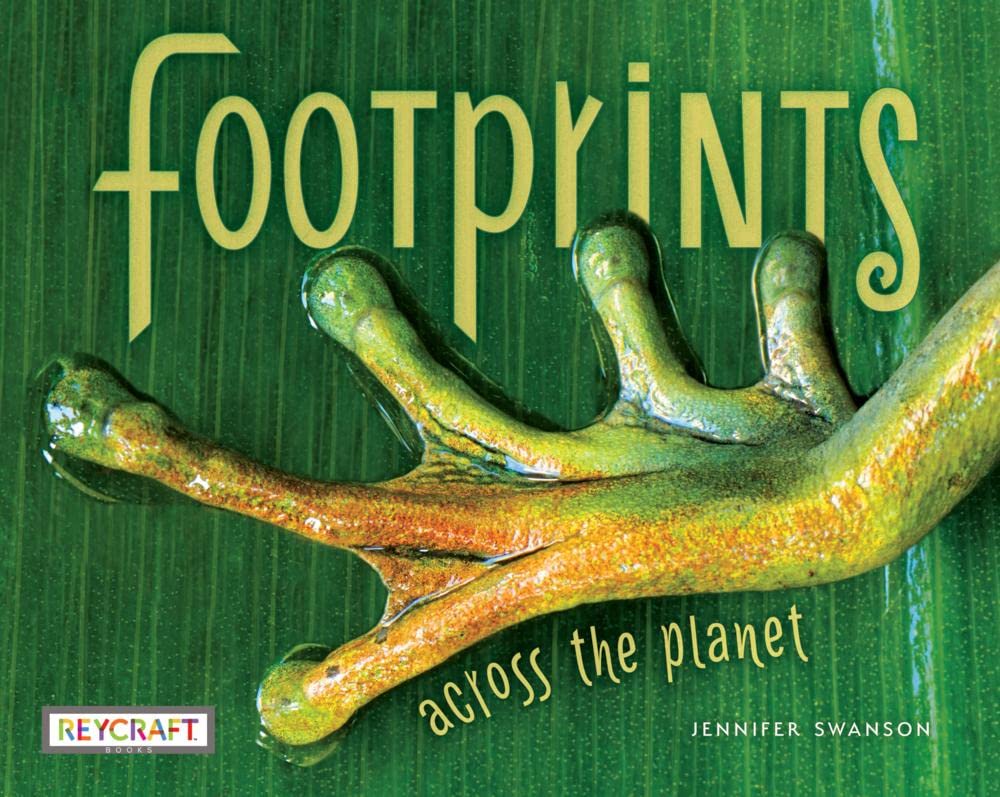
Footprints Across the Planet
Created by Jennifer Swanson
Ages 4+ | 40 Pages
Publisher: Reycraft | ISBN-13: 9781478876038
Publisher’s Book Summary: Every footprint―from the physical to the digital and the permanent to the fleeting―leaves a mark on Earth telling a story of the past, the present, or the future. What type of imprint will YOU leave?
Journey around the world and experience through these vivid photographs how every being on the planet leaves an imprint, with their feet, their words, their actions. Whether human or animal, voices or activity, each mark has a purpose. To remind us of our history, give us a glimpse of our future, and maybe even inspire us to change the world.
Perfect for the aspiring STEM activist in your life– those who want to change the world!
Footprints Across the Planet is a masterful introduction to the concepts of sustainability and inclusivity that even the youngest readers can understand and enjoy.
The Children’s Book Review
Buy the Book
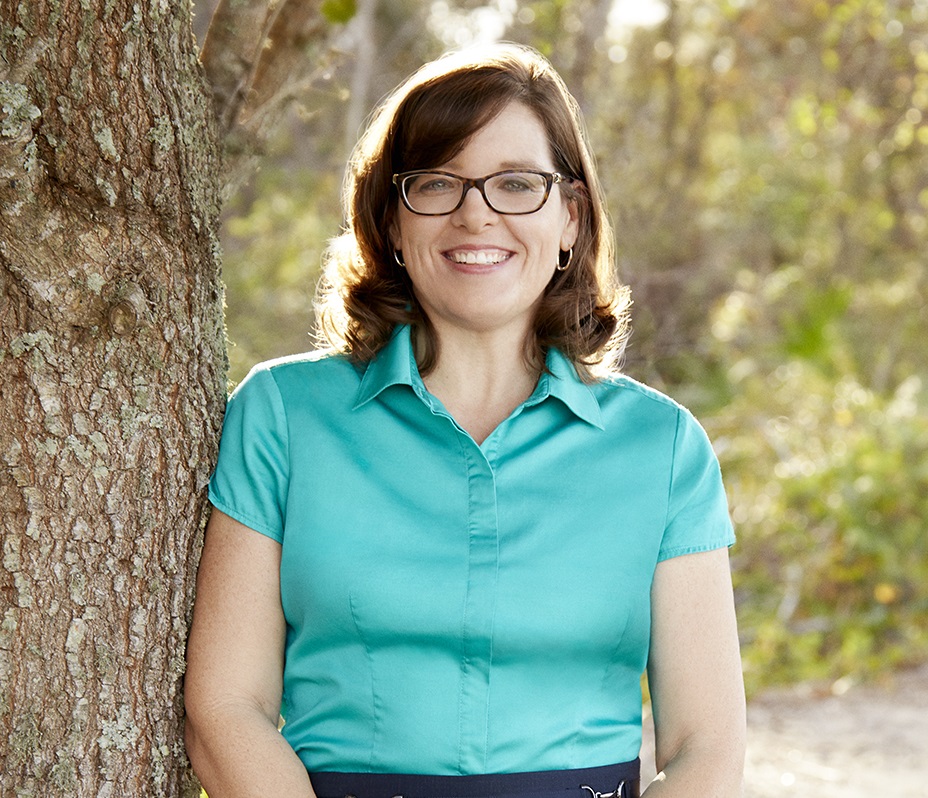
About the Author
Jennifer Swanson is the award-winning author of over 45 books for children. She is also a teacher, podcast host, and STEM/STEAM advocate. When not writing, Jennifer likes to walk on the beach with her husband and her dogs. Her goal is to help people notice the science all around them!
For more information, visit https://jenniferswansonbooks.com/.
This interview—Jennifer Swanson Talks About Footprints Across the Planet—was conducted between Jennifer Swanson and Dr. Jen Harrison.


